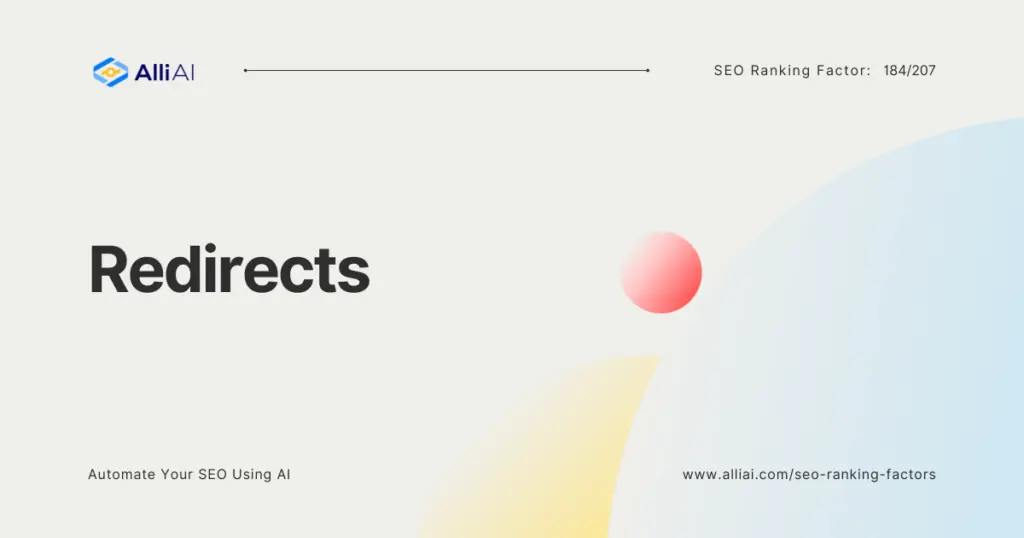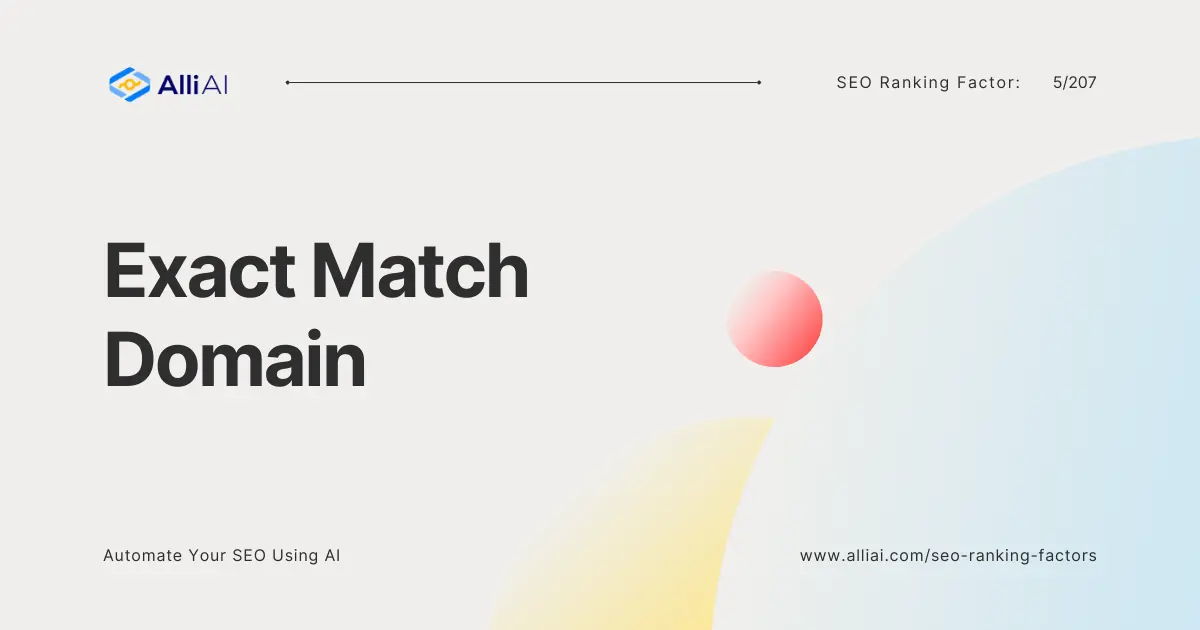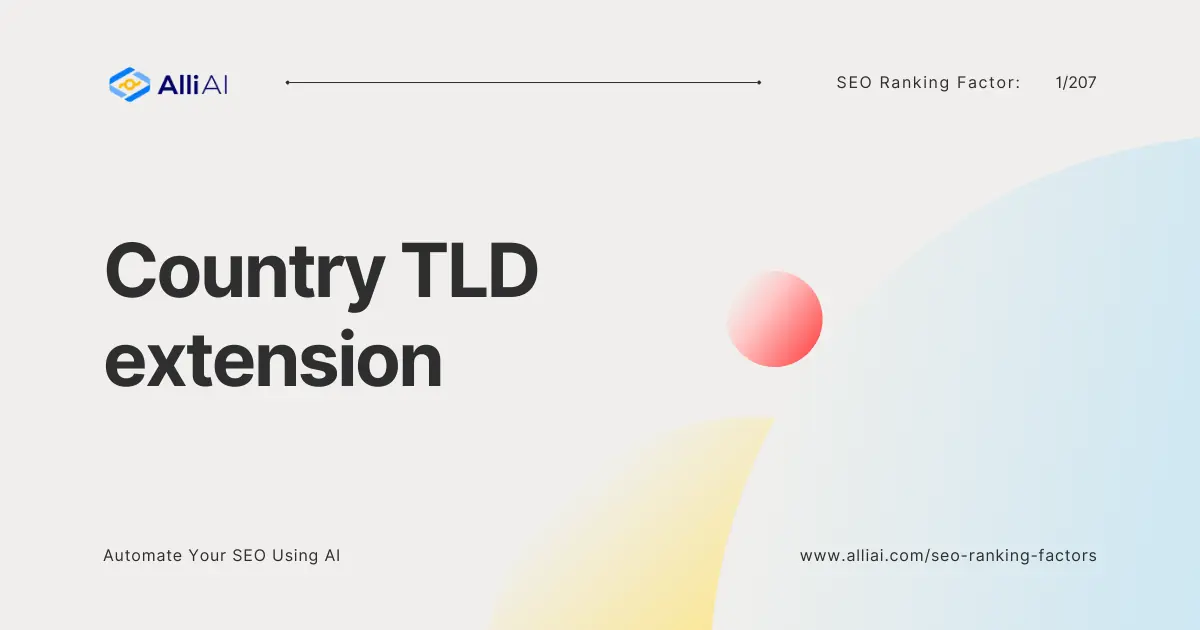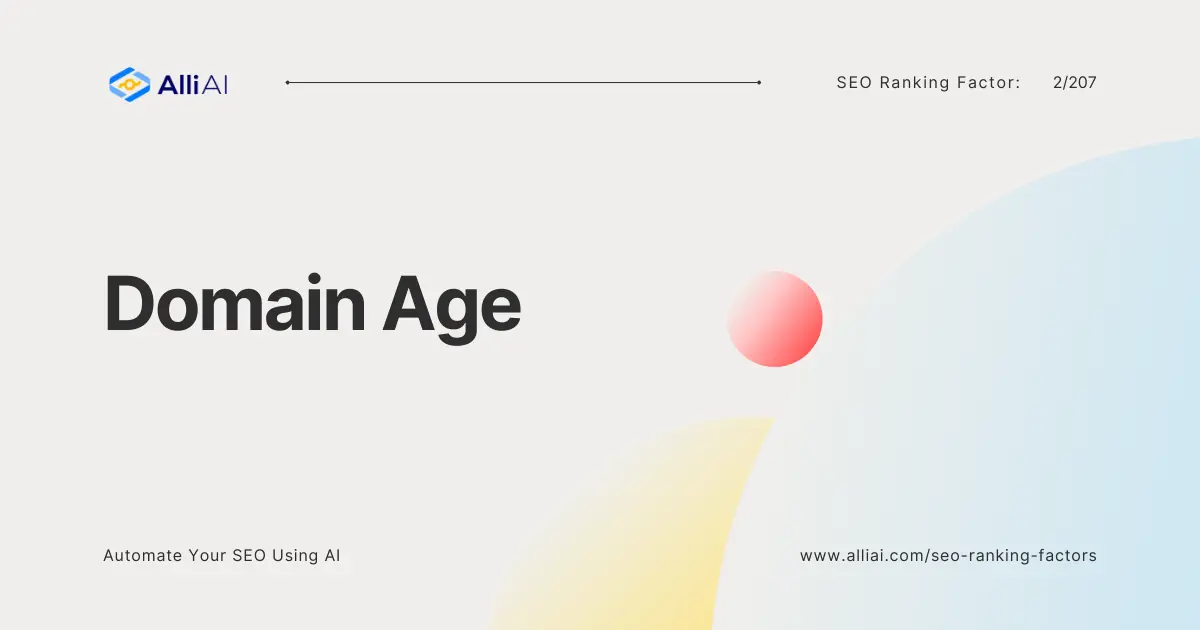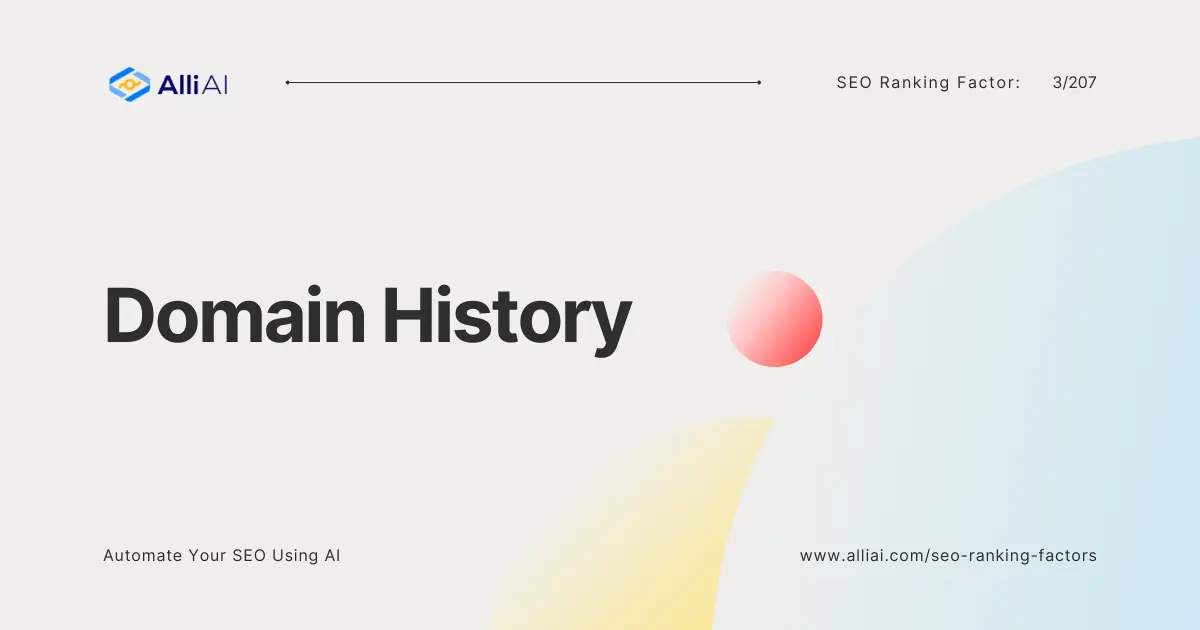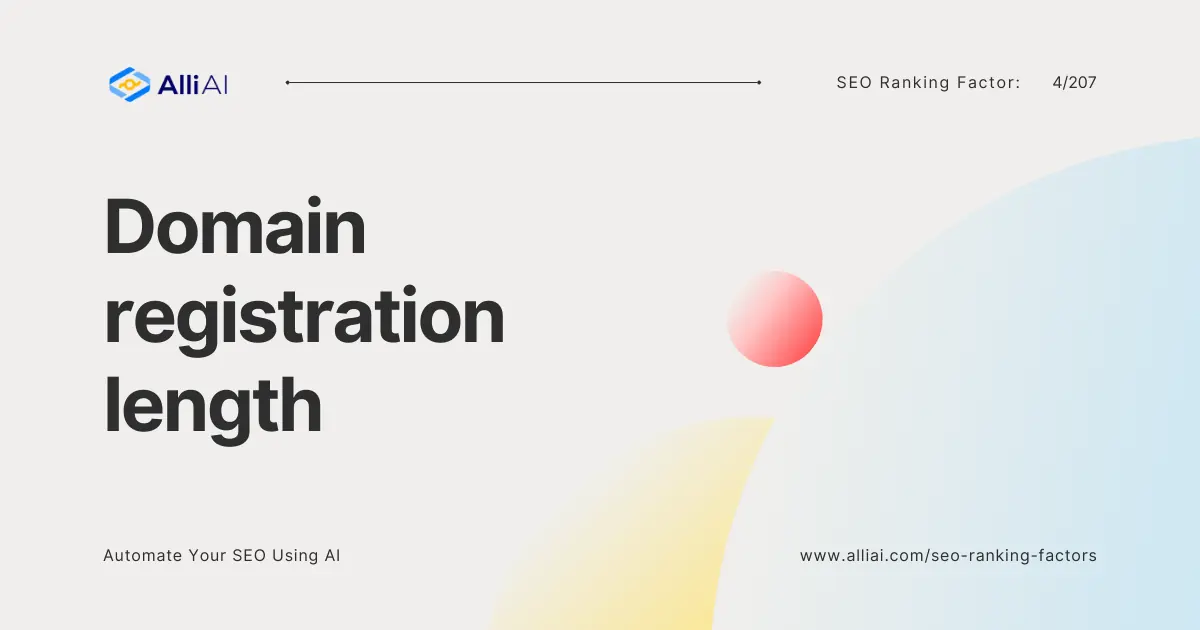Explanation of Redirects
A redirect, in the digital realm, functions similarly to a detour sign on the road, guiding traffic from one URL to another. This is often necessary when a page’s URL has been changed, ensuring that visitors and search engines are directed to the correct page. Just as a detour ensures that drivers don’t end up at a dead-end or under-construction site, redirects maintain the flow of internet traffic, preventing users from landing on broken or non-existent pages.
Imagine receiving a change-of-address notice for a friend, only to find it leads to an abandoned building. That’s the online equivalent of a broken link, the dreaded “404 error.” Redirects act as the postal service of the web, ensuring that users and search engines alike arrive at the correct destination, even when a page’s address has changed.
Understanding Redirects: Technical Overview
In technical terms, a redirect is an HTTP status code that signals to browsers and search engines that a webpage has moved to a new location. Think of it as a virtual “We’ve Moved” sign. There are different types of redirects, each serving a specific purpose:
- 301 Redirect (Permanent): This tells search engines that the page has permanently moved to a new location. It passes most of the link equity (ranking power) from the old page to the new one, making it the preferred choice for SEO in most cases.
- 302 Redirect (Temporary): This indicates a temporary move, meaning the original page may return in the future. Historically, 302 redirects passed less link equity than 301s, but search engines have become smarter at interpreting their intent.
- 307 Redirect (Temporary): Similar to a 302, this is also a temporary redirect. However, it’s specifically designed for situations where the HTTP request method (GET or POST) should not be changed.
- Meta Refresh: This is a type of redirect implemented within the HTML code of a webpage. While it can work, it’s generally less efficient and not recommended for SEO purposes.
Why Redirects Are Essential for SEO
Redirects are a critical component of technical SEO, impacting everything from user experience to search engine rankings. Here’s why they’re so important:
- Preserving Link Equity: When a page moves, any backlinks pointing to the old URL become useless unless a redirect is in place. Redirects ensure that the link equity (the “votes of confidence” from other websites) is passed on to the new URL, maintaining your website’s authority and ranking potential.
- Enhancing User Experience: Nothing is more frustrating than clicking on a link and landing on a 404 error page. Redirects prevent this, ensuring a smooth and seamless user experience. Happy users are more likely to stay on your site, explore your content, and convert into customers.
- Avoiding Crawl Errors: Search engines use bots to crawl your website and index its pages. Broken links create crawl errors, which can negatively impact your site’s overall SEO health. Redirects help prevent these errors, ensuring that search engine bots can easily navigate your site.
How Redirects Affect SEO
Redirects can be a powerful tool for improving your SEO, but they can also be detrimental if not implemented correctly. Here’s how redirects can impact your rankings:
Positive Impact:
- Consolidating Link Equity: By redirecting old pages to relevant new ones, you can consolidate link equity and boost the ranking potential of your most important pages.
- Improving Site Structure: Redirects can help you clean up your website architecture and remove unnecessary or duplicate content, which can improve your overall SEO performance.
Negative Impact:
- Redirect Chains: If you have multiple redirects in a row (e.g., Page A redirects to Page B, which redirects to Page C), it can slow down your page load times and potentially confuse search engines. Aim for direct redirects whenever possible.
- Incorrect Redirect Type: Using the wrong type of redirect (e.g., a 302 for a permanent move) can result in lost link equity and lower rankings.
- Poor User Experience: If redirects are not implemented correctly, users may experience broken links, slow loading times, or other issues that can harm your SEO.
FAQ
How Do Different Types of Redirects Impact SEO?
Different redirects (301, 302, 307, etc.) have varying implications for SEO. A 301 redirect, indicating a permanent move, is generally considered best for SEO as it passes substantial link equity to the new URL. In contrast, 302 (temporary) redirects may not pass all link equity, traditionally seen as less beneficial from an SEO perspective. However, recent insights suggest search engines have improved at interpreting the intent behind 302 redirects, potentially minimizing these differences.
When Should You Use Redirects?
Use redirects when:
- Migrating to a new website or changing domain names to ensure users and search engines find your new pages.
- Eliminating duplicate content to concentrate link equity on a single URL.
- Updating or consolidating content as part of an SEO strategy to maintain relevance and authority.
Can Too Many Redirects Hurt Your SEO Performance?
Yes, excessive redirects can negatively impact website load times and user experience, ultimately harming SEO. A complex chain of multiple redirects (a redirect linking to another redirect) should be avoided. Search engines might also struggle to follow the chain or allocate link equity correctly across such paths. It’s best to implement redirects sparingly and ensure they’re as direct as possible.
Conclusion
In the dynamic landscape of SEO, redirects emerge as a versatile and powerful tool. By adeptly guiding traffic to the intended destination, they not only safeguard a site’s link equity and ranking potential but also enhance the overall user experience. Implementing redirects judically—considering the type of redirect, its necessity, and potential impacts on search performance—is a nuanced but critical aspect of any SEO strategy. As the digital world continues to evolve, understanding and leveraging the subtle art of redirects will remain a cornerstone of successful SEO practices, ensuring websites not only survive but thrive in the competitive realm of online search.
